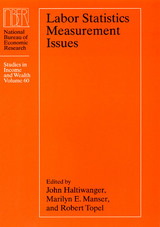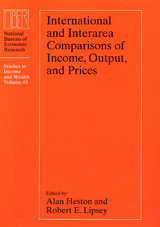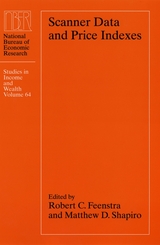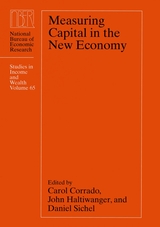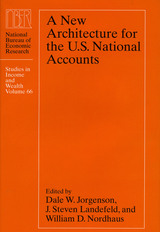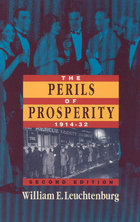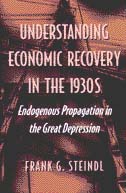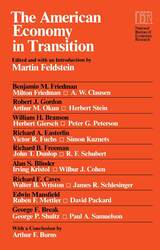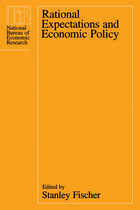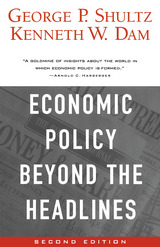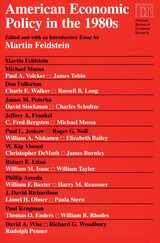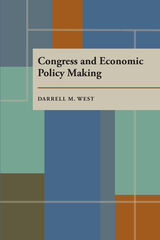Cloth: 978-0-674-84370-7
Library of Congress Classification HC106.6.C32
Dewey Decimal Classification 338.0973
Studies on the economics of technological change have only recently become prevalent; nevertheless, the literature is already proliferating at a rate that makes assimilation difficult for the individual scholar. Anne Carter's volume brings to the vast material on production analysis, growth, and economic development the perspective and insights gained through the examination of intermediate inputs and the explanation of structural change in input-output coefficients.
“The present study,” writes the author, “is rooted in the premise that an explicit analysis of changing intermediate input requirements adds more to insight than it does to confusion—particularly in the understanding of technological change... Many practical problems of business and government require an understanding of how, and at what rate, use of plastics or truck transportation or producers' services is changing. Indeed, it is difficult to conceive of studying some central aspects of technical change—such as invention or diffusion of new techniques—without introducing specific intermediate inputs... These are an essential part of the picture. They turn up as variables in questions and answers about our economic system that cannot be discussed at a highly aggregate level. Most important, they are indispensable in bridging the gap between engineering and technical information, on the one hand, and economic description, on the other.”
This work assembles comparable input-output tables for 1939, 1947, and 1958 along with auxiliary information on labor, capital, and final demand for 1939, 1947, 1958, and 1961—data that have not in the past been readily accessible to most students and business analysts. Graphic forms of presentation liberally supplement the basic tables. The study shows how technological change has affected industrial specialization, as well as direct primary inputs, and how these components of change are interrelated. The overall proportion of intermediate to final production saw little change, but systematic shifts appeared in the relative contributions of individual industries. Most structural change resulted from the assimilation of new techniques rather than from classical substitution and, in general, direct laborsaving was large relative to changes in capitol and intermediate requirements.
Carter's study is the first to pursue the question of structural stability and structural change for the United States in detailed, comprehensive, quantitative terms, tying concrete developments in technology to the broader economic picture.
See other books on: 1945- | American Economy | Economic conditions | Structural Change | Technological innovations
See other titles from Harvard University Press

